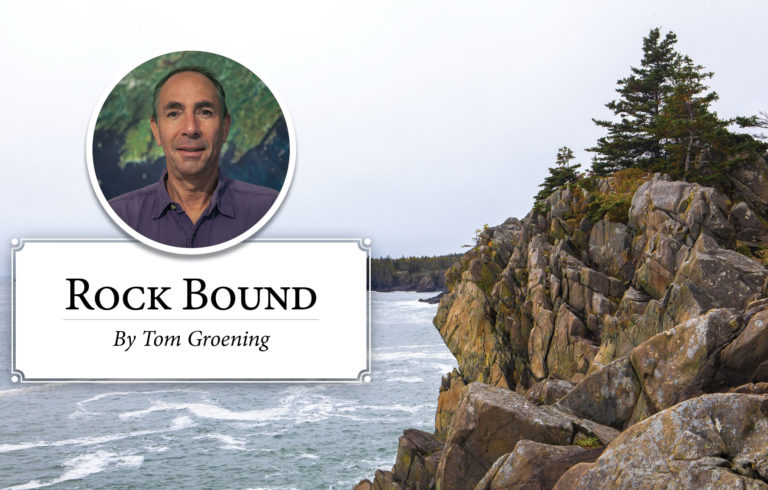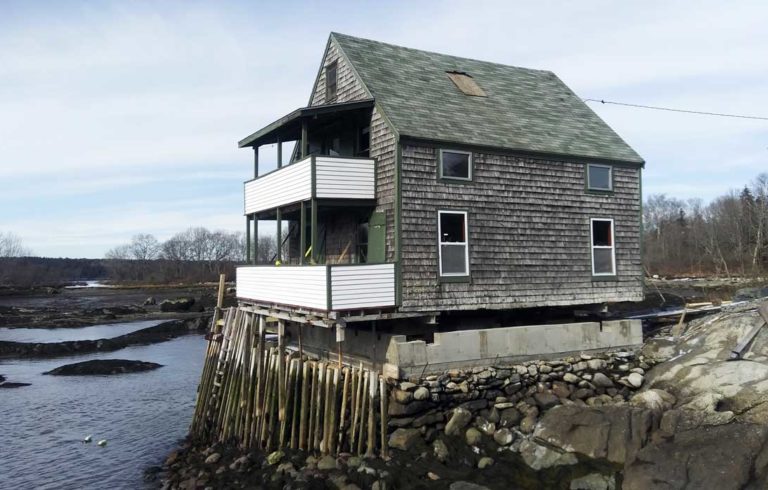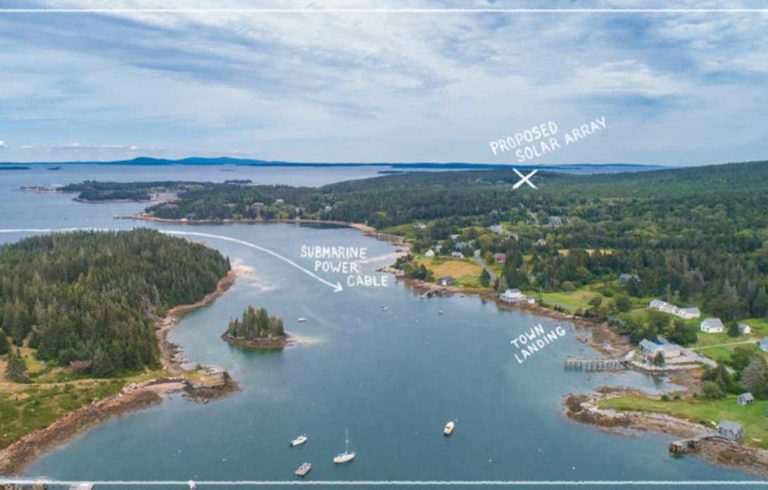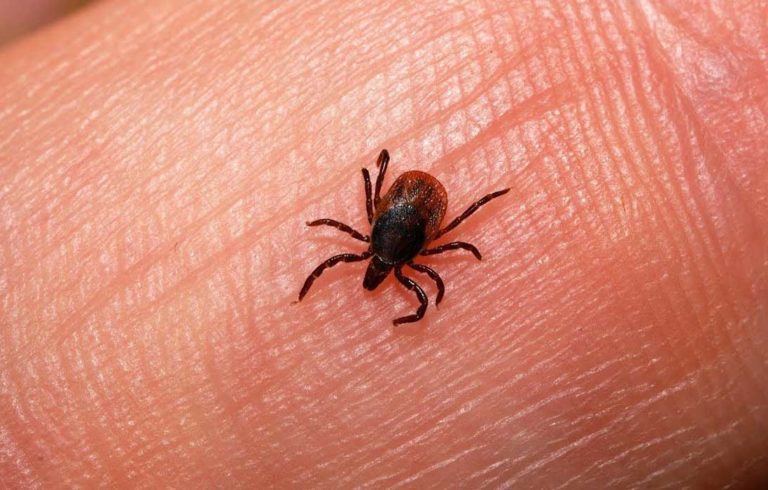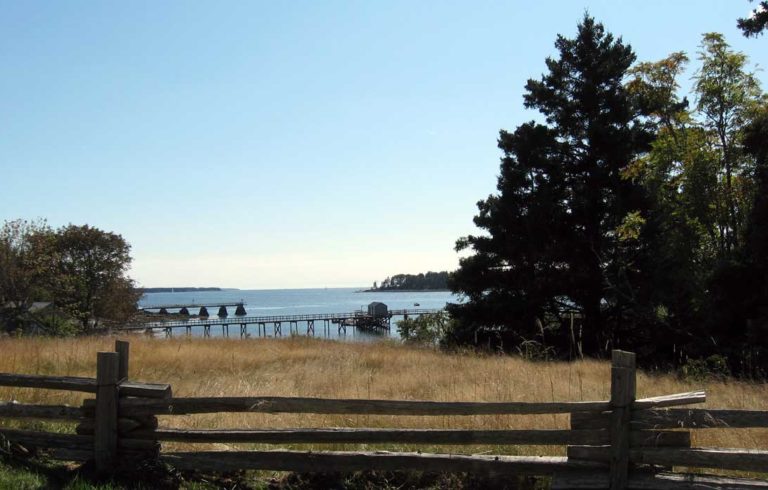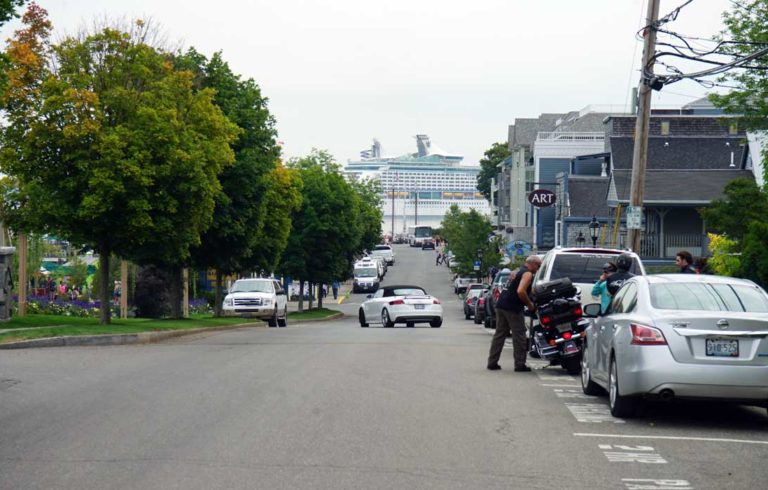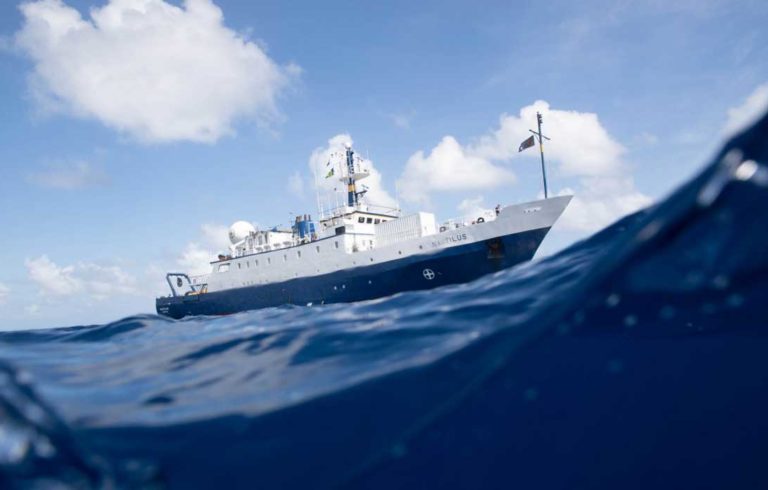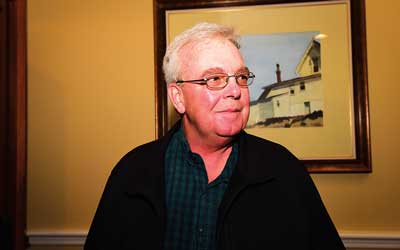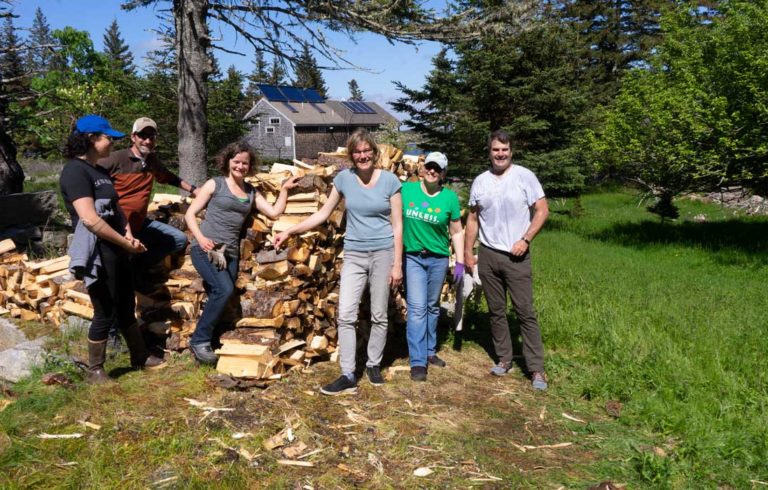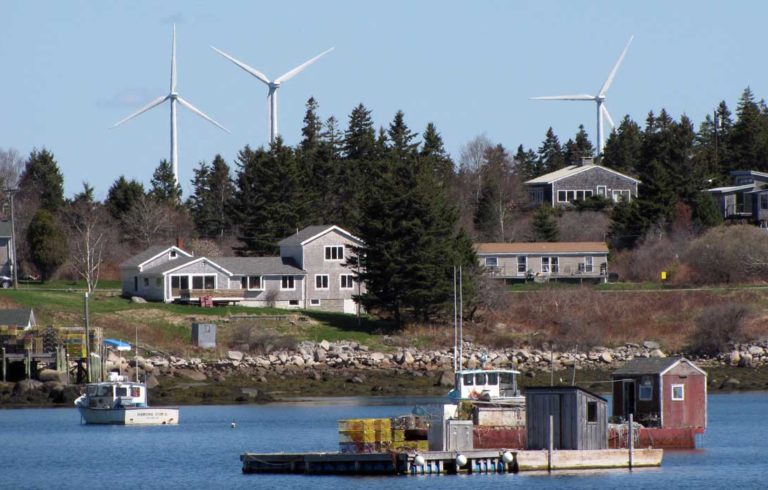Working Waterfront
Let’s take a trip around some other waterfronts
By Tom Groening When I arrived at the Island Institute seven years ago, the newspaper featured a column that reported on working waterfront access issues around the U.S. The few times I wrote the column, my approach was to bop around the web, reading news stories about development and the… SEE MORE

